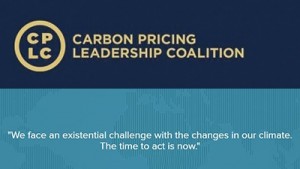Through interviewing more than 15 companies, surveying nearly 100 and gathering input during an open consultation period this fall, the partners found that the top 5 reasons companies price carbon include:
- Preparing for policies affecting the company’s operations or value chain;
- Seeking to achieve ambitious GHG goals, such as science-based GHG targets;
- Translating climate change into financial terms;
- Responding to investor and customer demands; and
- Learning, testing and showcasing effective carbon pricing approaches.
Practically, the research uncovered that companies tend to take one of three distinct approaches to price carbon: internal carbon taxes, fees or trading systems; shadow pricing; or implicit pricing. The guide outlines what each of these approaches means and features company case examples illustrating how businesses have put them into practice.
The guide also highlights the benefits and challenges companies face when they price carbon. Companies say the top benefit is that carbon pricing helps them to “translate carbon into business-relevant terms and engage internally.” At the same time, businesses most frequently citied “lack of common method or guidance to set a carbon price” as their biggest challenge – something this guide seeks to address.

As companies look to show climate leadership beyond COP21, being a carbon pricing champion presents clear opportunities. Leadership means calling for effective policy, including by urging governments to help create clarity for future planning or by engaging responsibly in policy dialogues through coalitions and trade groups.

The Executive Guide to Carbon Pricing Leadership: A Caring for Climate Report can be downloaded here








